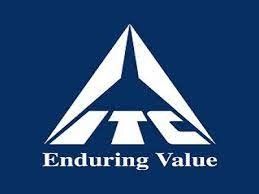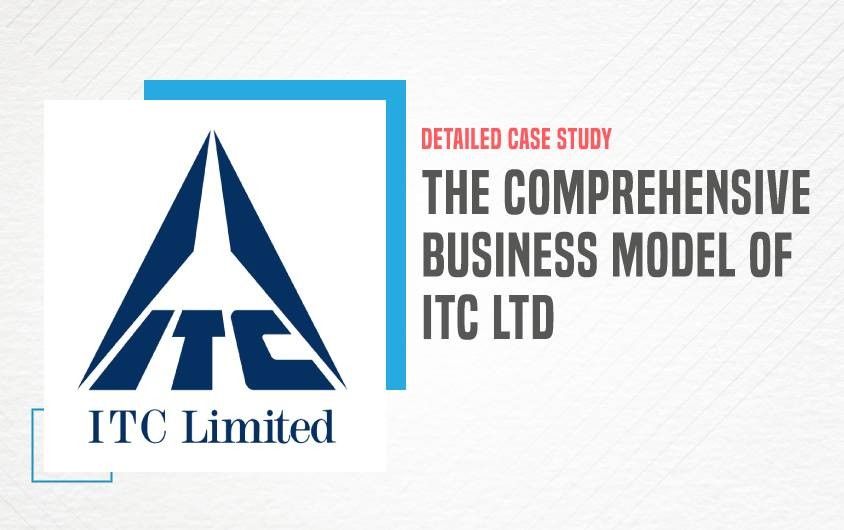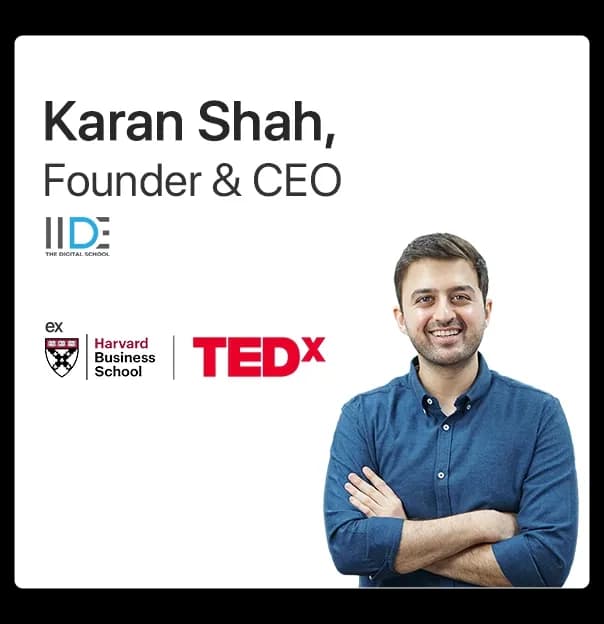About ITC Company

ITC is an Indian multinational company. It was founded in 1910 on August 24, in Calcutta with the business concept of selling cigarettes and tobacco under the name of Imperial Tobacco Company of India. After a few name changes, they finally went with the name of ITC without any acronyms.
At first, it was started as a cigarette and tobacco company but eventually, ITC started to diversify its production into multiple markets. It diversifies business into FMCGs, the Hotel industry, agribusinesses, paperboards and speciality papers, information technology, and packaging.
ITC brands are known as Brands of India, Pride of India. ITC creates 6 million sustainable livelihoods by contributing 3 sectors of the Indian economy of manufacturing, agriculture & services. ITC Ltd has been stepping up its digital marketing game and expanding its availability in the digital industry. It has a market share of 12% in the FMCG sector. Its gross sales value is around 74,979 crores. It also has over 100 hotels in different locations.
Let’s now see ITC Business Model step by step.
BUSINESS MODEL OF ITC LTD
The business model is used to determine a company’s plan for generating revenue. It determines the products or services the business plans to sell, its identified target market, and any anticipated expenses.
Let’s now see ITC Business Model step-by-step.
1. Product segment of ITC
Now ITC is recognized as a company that has the most valuable brands in the world. Here are some ITC items that have the most impact on the company –
- FMCG- Some of the food ITC brands are Aashirvaad, Bingo! Sunfeast, Fabelle, Sunbean, Yippee!, Farmland, B Natural, ITC Master Chef, Kitchens of India, mint-o, GumOn, and Candyman. Some of the personal care item brands are Essenza Di Wills, Dermafique, Fiama, Vivel, Engage, Superia, Nimyle, Neemwash, Savlon, Shower to Shower, and Charmis. ITC sells education and stationery items under the brand’s Classmate and Papercraft.
- Apparel- ITC sells lifestyle clothing under the brand name of Wills lifestyle. It provides its customers with the best quality products.
- Hotels – In 1975 the journey of their hotel industry started. ITC has the second largest hotel chain. Such as ITC One, Towers, Eva, and the Executive Club.
- Agribusiness- India’s 2nd largest Agri product exporter is the ITC agribusiness.
- Paperboard and packaging- It was first started with packaging and printing in 1925. ITC has eco-friendly and high-quality paperboards and special papers. ITC provides services regarding printing and packaging.
- ITC infotech– ITC has a global technology service and solutions provider brand as ITC infotech.
Let us now see the pricing strategy of ITC.
2. Pricing Strategy of ITC
As a multinational company, ITC has various kinds of products. It has different target markets according to its products. For luxurious products, ICT follows the premium pricing policies and middle-class segmented products have reasonable pricing policies. Most of their products have reasonable pricing policies to generate ultimate sales and revenues.
For instance, hotels like ITC one, Towers, etc. have a premium pricing strategy and like Bingo brand maintains a reasonable pricing method.
3. Promotional Strategy of ITC
When it comes to the promotional strategy of ITC, this company has implemented an aggressive marketing strategy and it is taking full advantage of any promotional mediums and methods. ITC promotes its products on social media platforms and through print, television, and radio. The brand ambassadors differ according to their brands. They use celebrities like Sha Rukh Khan and Kareena Kapoor. And mainly it has a unique brand proposition.
4. Target Audience of ITC
ITC provides a range of goods and services to customers between ages 5 to 60, including Candyman, Mint-o to Aashirvaad, etc. ITC caters to the demands of many businesses in the B2B market, and also in ITC Hotels and ITC Infotech in the IT and hospitality sectors.
As a result, ITC’s marketing strategy has used a variety of techniques to grow its market sector.
5. Revenue model of ITC
ITC earns revenue from different sources by providing its products and services in the market. Here are the revenue sources and the revenue earned by them for the year 2020
- It earned 18.37 billion Indian rupees revenue from its Hotels
- It earned 102.41 billion Indian rupees revenue from its Agribusiness
- It earned 128.44 billion Indian rupees revenue from its FMCG (other than cigarettes)
- It earned 61.07 Billion Indian rupees revenue from paperboards, paper & packaging
- It earned 212.02 Billion Indian rupees revenue from cigarettes
Let us now see the different competitors that ITC faces in the market.
Competitor Analysis of ITC
Competitors are part of the stakeholders in every business organization. As a multinational conglomerate company, ITC faces huge competition in the market. They have encountered competition from all sides, here are some of its competitors.
Competitors in the FMCG section
- Godfrey Phillips India Ltd
- HUL
- Nestle
- P&G
- Godrej Consumer Products
- Coca-Cola
- Danone
- Dabur
- Colgate
- L’oreal
- Marico
Competitors In Hotels of ITC
- Taj Group of Hotels
- Leela Hotels
- Sarovar Group of Hotels
- Oberoi Group of Hotels
Competitors in Cigarettes of ITC
- Golden Tobacco Limited
- Philip Morris International
- Raghunath Tobacco Company Ltd
- Godfrey Phillips India Ltd
- Vazir Sultan Tobacco Company
So, we can see here the major competitors of ITC. It faces massive competition in all sections of the market. As a result, they adopt a variety of marketing methods to increase their market share. With this, we come to the end of the Business Model of ITC Limited.








